This is a waxy monkey frog, also called waxy monkey leaf frog or painted-belly leaf frog. It lives in the South America’s Chaco Desert in Argentina, Paraguay, and Bolivia. Most frogs like to live in cool places, but this frog likes it hot. It holds water in by spreading wax that it makes all over its body. When it lays eggs, it lays them in the leaves of trees that hang over the water. When the eggs hatch, the tadpoles drop into the water. Just like most other frogs, waxy monkey frogs eat insects. They sleep in the sun during the day and they wake up at night to hunt for food. This means that they are nocturnal. They are called monkey frogs because they walk and climb to get around, instead of hopping like other frogs.
Here are two waxy monkey frogs sitting together in the same cage as the one above. We saw all of these frogs at Milwaukee Public Museum last year. If you want to see these frogs, you better hurry. The frogs exhibit is only open until January 31!

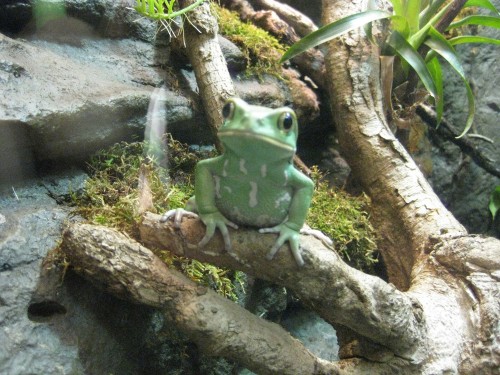
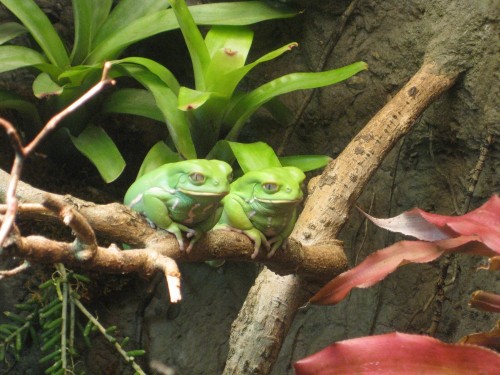

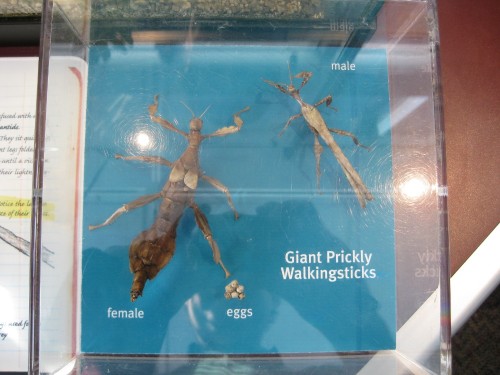


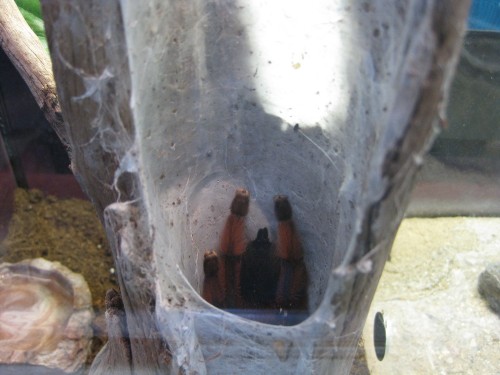

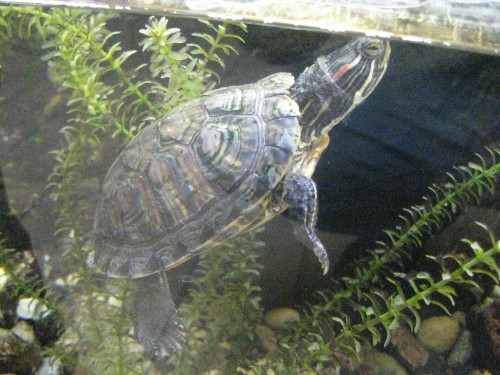
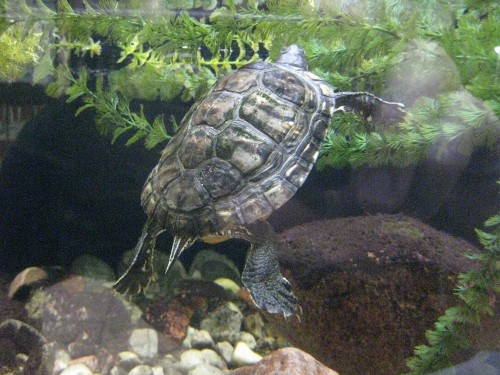


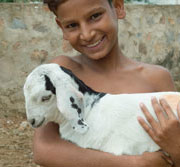

 RSS Feed
RSS Feed Facebook
Facebook Twitter
Twitter Subscribe by e-mail
Subscribe by e-mail